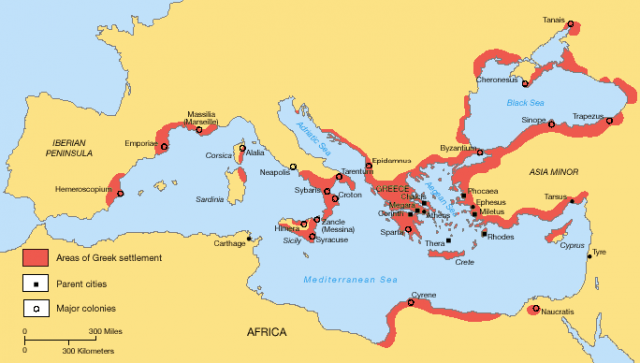

Insights into the Development of the South-Eastern Terrace from the 3r. sull’acropoli come base per lo sviluppo urbanistico della città anche nei secoli seguenti. Il nucleo insediativo mostra elementi di una organizzazione urbanistica regolare che è stata riscontrata anche nell’insediamento del tardo VI sec. Verosimilmente le case in mattoni crudi erano costruite nell’immediata vicinanza della spiaggia e vennero distrutte due volte da frane staccatesi dalle sovrastanti pendici collinari. a.C, precedute da una fase di frequentazione della zona con possibili costruzioni in legno o in canne. Krinzinger, al di sotto del triportico dell’Insula II di età augustea, negli anni 1987-1994 indagò due case in mattoni crudi, costruite nel secondo quarto del V sec. Questo contributo si occupa soprattutto dei contesti nella città bassa, dove F. more Del primo periodo della città di Elea conosciamo quartieri abitativi soprattutto sull’acropoli, sull’adiacente collina II e nella città bassa. They also underlined the determining importance of natural factors, like constant landslides and violent sea storms, for the development of the city.ĭel primo periodo della città di Elea conosciamo quartieri abitativi soprattutto sull’acropoli, s. B.C.) and brought new arguments for the location of the harbour. At the same time, they allowed to divide further and readjust the dating of the three periods of the city walls (midth of 5th c. They revealed a new, yet unknown part of the fortifications (wall G) which constituted the earliest seaward boundary of the city. Krinzinger re-examined wall B in the lower town where the intact stratigraphy brought crucial new results for the development of the fortification which evidently was more complex than assumed in the 1970s. In 1997-1999 the Austrian team under the direction of F. more The city walls of Elea-Velia, a Phocaean foundation on the Tyrrhenian coast of South Italy, have been explored and studied from the 1960s by M. The city walls of Elea-Velia, a Phocaean foundation on the Tyrrhenian coast of South Italy, have.

Of the tombs of the Roman period, found during the excavation of Porta Marina Nord Supported by few recent observations in the area after a great fire in 2017. Of the years 1997–1999 allowed a better chronological classification of the development of the defensiveĪrchitecture of Velia and in consequence some insights into the urban development of the quarter, which are To the results of our more recent excavations of the fortifications in the Lower town of Velia. Krinzinger in the 1970ies, which are compared by us This contribution presents the exploration of theįortifications of these area (wall D), conducted by F. Was nearly totally neglected by archaeological research. The Northern quarter of Velia on the Tyrrhenian coast of Campania represents an area which until now more Verena Gassner – Regina Klingraber – Alexander Sokolicek, The Northern Quarter – an Unexplored Verena Gassner – Regina Klingraber – Alexander Sokolicek, The Northern Quarter – an Unexplored Reconstruction of an important Tyrrhenian commercial axis. Substantially underlines an earlier hypothesis about its ‘Campanian connection’ and allows for the Identification of a numerous assemblage of 5th century BC Poseidonian transport vessels at Himera Our study points to a Campanian provenance of the investigatedĪmphorae and their distinction in a large group from Poseidonia and a small group from Elea. Mediterranean) and to petrographic investigation (polarised light microscopy) and digital imageĪnalyses of microstructures. Macroscopic fabric examination according to the standard methods of FACEM (Fabrics of the Central The present paper proposes a detailedĬombined archaeological‐archaeometric investigation of 16 samples discovered at Himera and oneĪt Jerba (Tunisia), of presumed Campanian provenance, compared with 4 local reference samplesįrom Poseidonia and 6 samples of western Greek amphorae found at Pithekoussai and Elea,Īttributed to Poseidonia by previous archaeometric analysis. To southern Campania, specifically to Poseidonia and Elea. Based on archaeological considerations, nearly 100 items have been attributed more Within the frame of an in‐depth study of the corpus of about 560 western Greek transportĪmphorae (6th–5th century BC) yielded from excavations at the necropolis of the Dorian‐ChalcidianĬolony of Himera in North‐western Sicily, one of the most interesting issues consists in the determination Within the frame of an in‐depth study of the corpus of about 560 western Greek transportĪmphora.


 0 kommentar(er)
0 kommentar(er)
